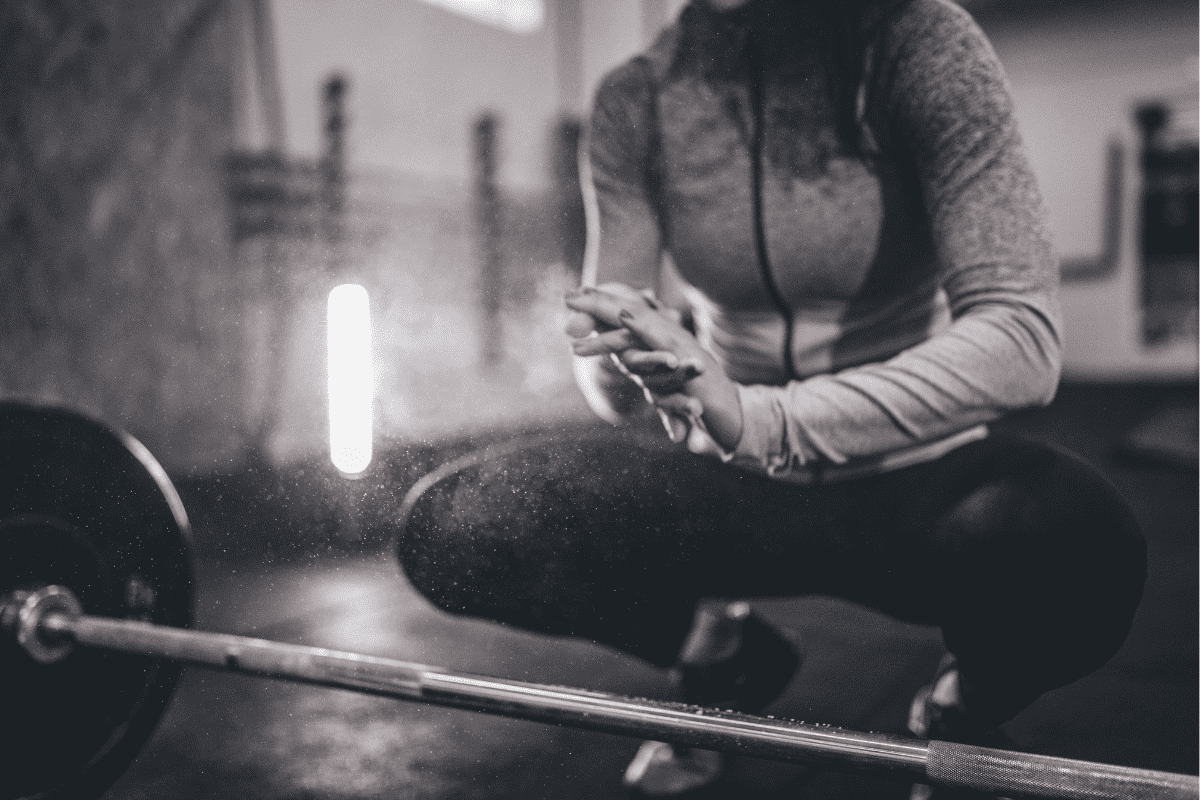Barbell Front Raise (How To, Muscles Worked & Alternatives)
The Barbell Front Raise is a popular supplementary shoulder exercise.
In this guide, I’m going to teach you how to do Barbell Front Raises, what muscles it works and a few alternatives in case you need them.
How To Do Barbell Front Raises
Equipment Needed
- Barbell
- Weight Plates (optional)
Muscles Worked
Front Raises specifically target the Anterior Deltoids and to a lesser extent the Middle Deltoids and Upper Pecs.
Instructions for Proper Form
- Hold barbell in front of thighs with an overhand grip.
- Arms should be straight, elbows very slightly bent.
- Raise barbell straight up in front of the body, keeping arms straight, until they reach about eye level.
- Return to the starting position using the same movement path.
- Repeat for designated number of reps.
Coaching Points
Elbows should not be completely locked out as this puts an unnecessary strain on the elbow joint. Instead, keep a slight bend in the elbow throughout the movement.
Return the barbell to the front of the thighs each rep, but do not ‘bounce’ the bar off the thighs at the bottom. Keep the weight under control throughout the movement.
Speaking of ‘under control’, do not rock. If you find yourself rocking back and forth to help you lift the weight – the weight is too heavy. Take weight off the bar and keep your torso still during the lift.
Benefits of Barbell Front Raises
Barbell Front Raises can offer various benefits when incorporated into a strength program.
Shoulder Strengthening
- The primary muscle worked during a barbell front raise is the anterior deltoid, which is the front part of the shoulder. Strengthening this area can contribute to better shoulder stability and can be beneficial for a variety of daily activities as well as other exercises that require shoulder strength.
Upper Body Strength
- Besides the anterior deltoid, barbell front raises also engage other muscles in the upper body, including the upper pectorals and the trapezius.
Improved Posture and Muscle Balance
- By strengthening the anterior deltoid and other upper body muscles, barbell front raises can help improve posture. Additionally, having balanced strength in the shoulders can prevent muscle imbalances which could lead to poor posture or even injury over time.
Barbell Front Raise Variations
Looking to change your workout up just a bit? Here are a few Barbell Front Raise Variations:
DB Front Raise
The most common variation for Barbell Front Raises is to simply change the form of resistance, aka switch to dumbbells for DB Front Raises.
By using dumbbells instead of a bar you can keep the same movement pattern, just with a different implement. It also allows you to use less weight as well if a barbell is a bit too heavy to use with proper form.
Plate Raise
Plate Raises are another Front Raise variation that simply involves changing the piece of equipment used.
Again, use the the same movement pattern, but instead of dumbbells use a weight plate. Can be an iron plate or a bumper plate, either will work fine.
Wide Grip and Narrow Grip Front Raises
Finally, you can add some variation to Barbell Front Raises by varying your grip on the bar.
The narrower your grip, the further the bar will end up away from your center of mass at the top of the rep. The further away the bar is, the more difficult you’ll find the movement.
Front Raise Alternatives
If you simply can’t do DB Front Raises, for whatever reason, here are a couple alternatives that may be a better option for you.
Seated DB Front Raise
If standing while doing front raises is a limitation, then you might be able to try Seated DB Front Raises instead. (You can technically try to do seated front raises with a bar as well, but they are really more of a pain than they’re worth)
Sit at the edge of a bench, dumbbells in hand, arms hanging straight down by your side.
Maintain good posture and lift the dumbbells straight up in front, the same way you would do if standing.
Single Arm DB Front Raise
If you have an injury or some other limitation to one arm, hand or shoulder – single arm DB Front Raises may be a good alternative.
Keep the movement exactly the same, simply use one arm instead of two.

Online Strength Programs
- 1-on-1 Online Coaching
- Sports Performance Programs for Football, Basketball, Soccer & More
- Programs for Former Athletes (Legends) Who Still Want to Train Like Athletes
- Programs for Adults Who Want to Get Healthy (and look great at the beach!)
- Use Code “HB10” to Get 10% Off Today
More Links and Info
Looking for more Upper Body Lifts? Follow that link to see more great upper body exercises in the Horton Barbell Exercise Library.

